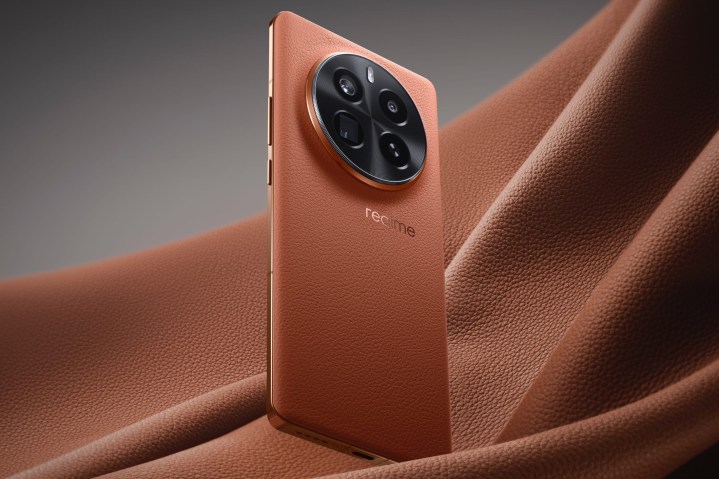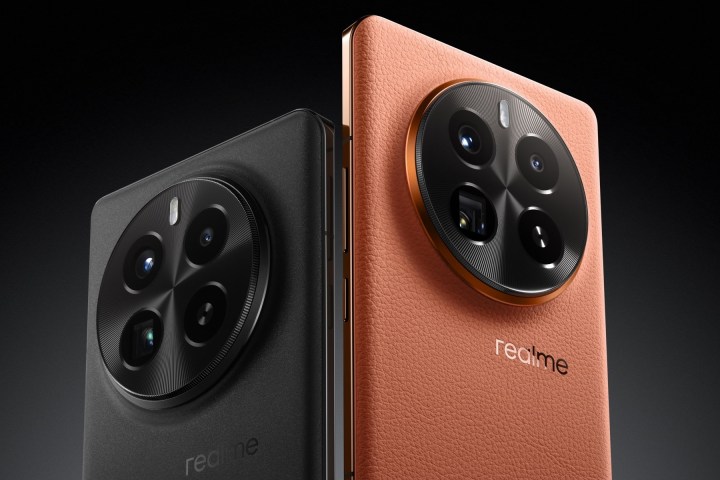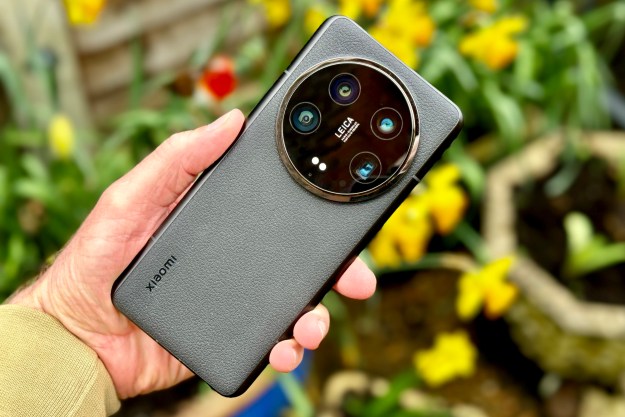
Not too long ago, the Google Pixel 4 arrived on the scene packing a Soli radar system that allowed Motion Sense. It enabled you to snooze alarms, mute calls, control music playback, and more — all by waving your hand over the screen. LG attempted something similar called Air Motion on the LG G8 ThinQ using an array consisting of a time-of-flight (ToF) camera and an infrared sensor.
It was cool to see, but hit-or-miss in real life. Unfortunately, the idea died. Google never put the Soli system on another Pixel phone, and LG shuttered its entire phone division. But apparently, the fascination for controlling a phone with touchless hand gestures lives on.
This time around, Chinese smartphone maker Realme is carrying the torch. On its latest flagship phone, the Realme GT5 Pro, the company has implemented a palm-based system for authentication and UI control using nothing but the 32-megapixel selfie camera and, apparently, a proximity sensor to detect hand movement.
The @realmeglobal GT5 Pro also adds this cool gesture-based UI navigation system. I hope it turns out as smooth as it looks in the marketing video. Here it is in action: pic.twitter.com/viF3Pn4WPx
— Nadeemonics (@nsnadeemsarwar) December 7, 2023
Realme says the GT5 Pro understands a total of 12 hand gestures across the phone’s native UI and a few social media apps. Here’s a list of everything it can do:
- Grab five fingers to launch the app multitask screen.
- Switch to select an app from the task switcher.
- Point the index finger upright to show an on-screen cursor. Stay in the same position for a cursor click.
- Point three fingers to capture a screenshot.
- Flip the palm to the reverse side to land on the home screen.
- Show a thumb to like a video.
- For liking a video, join the thumb and index finger in a circle while keeping the other three fingers open to make the “okay” gesture.
- Swipe up with an open palm to play the next video in a social feed.
- Point your thumb toward the left to return to the previous screen.
These features are interesting to see in action, even though many people will find them gimmicky. After all, the whole premise of a modern smartphone is to hold it in your hands and let your fingers control everything on the screen. But it’s the palm unlock part here that is quite interesting — and a bit too ambitious.
Palm unlock is a bold claim to fame

The idea is simple. You bring the palm of your hands close to the screen, and the camera reads the print and unlocks the phone. Realme claims that the palm identification system is quicker than face unlock.
But I highly doubt that. That’s primarily because it is far easier to detect a face with all its pronounced features than the thin lines on your palm. And at close range, getting a proper focus lock won’t be a cakewalk either.
So, Realme has developed this cool system for palm unlock. A Hand ID, if you will. The company claims it's faster than face recognition. Uses nothing but the selfie camera to handle authentication. pic.twitter.com/O8rmoNX1HQ
— Nadeemonics (@nsnadeemsarwar) December 7, 2023
Realme claims it has tested the palm unlock system against 10 million unauthorized unlock attempts. Penetrative attack inspections like this are reassuring to hear, but in real life, there are a lot more variables to consider – such as external lighting and hand movement.
But if you aren’t sold on the idea, the Realme GT5 Pro offers an under-display fingerprint scanner. The rest of the package is also quite impressive.
You get Qualcomm’s Snapdragon 8 Gen 3 chip inside, a triple camera system led by Sony’s latest 50-megapixel sensor, 100-watt fast charging, a curved OLED screen delivering a peak HDR brightness output of 4,500 nits, and an IP64-build with leather aesthetics. This device won’t make it to the U.S. shores, but it’s one of the cheapest Android phones powered by Qualcomm’s latest top-tier silicon.
Editors' Recommendations
- One of the most iconic iPhone accessories is back — and it’s great
- A surprise phone just beat the Galaxy S24 Ultra in a big way
- This Android phone is so bad I couldn’t review it
- An Android phone you haven’t heard of just won the charging game
- iOS 18 could make my iPhone look like Android, and I hate it



